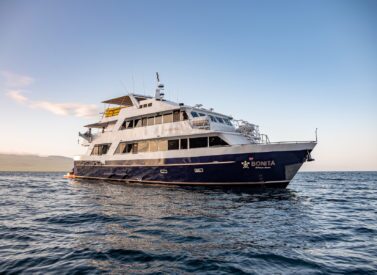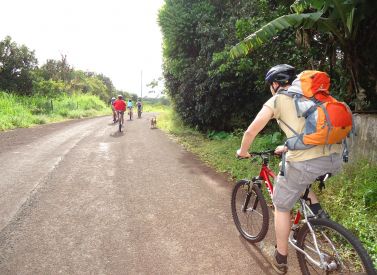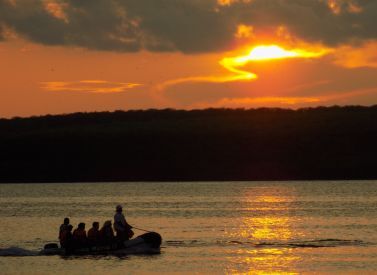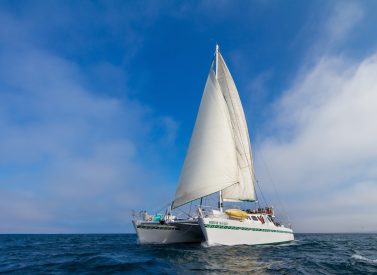
Aida Maria, Galapagos Cruise Boat
Join an Aida Maria Galapagos cruise and enjoy the wildlife of the islands.
Combine comfort with great value as you tour the Galapagos Islands, snorkelling and walking on volcanic islands. Discovering Galapagos on a small boat is the best way to see this fabulous archipelago.
The Aida Maria Galapagos cruise ship is one of the very few yachts to have been completely handmade on the islands . She was built in 1997, using local timber.
You’ll be in the hands of the experts – the owners of the Aida Maria have Galapagos roots dating to the 1930s. They have been running trips here since the 1960s.
Discovering Galapagos Islands
You can be sure that the Aida Maria guides and crew are the perfect, experienced hosts to make your Galapagos holiday special.
Snorkel with playful sea lions and close to turtles and rays, as well as large schools of fish and possibly hammerhead sharks.
Your guide will also explain the importance of the Galapagos’ volcanic formations and unique plants and eco-systems that helped to inspire Charles Darwin.
Read the Bunces’ excellent blog about their week aboard the Aida Maria to get a feel for the tour.
Each of Aida Maria’s eight double cabins – with upper and lower berths – has a private bathroom, hot/cold shower and air conditioning.
Trip Highlights
Print Share Download as PDF-
Two great itineraries in the Galapagos islands, taking you to remote islands in the archipelago.
-
Aida Maria is one of the very few yachts entirely hand made in the Galapagos, using local farm timber.
-
Upper and lower births, all with private bathroom, hot/cold shower, air conditioning and same size.
-
Owners have been running tours in Galapagos since the 1960s, and the family has its roots in Galapagos since the late 1930s.
-
Three meals served daily, after-excursion snacks and non-alcoholic beverages.
-
One of the best value superior tourist yachts in the Galapagos.
I had a fantastic time - the whole trip ran like clockwork.
Our guide and crew of the Aida Maria were more than helpful and very friendly. The Aida Maria is an excellent boat and it was a constant source of amazement that the cook could produce such good quality food for 16 people in such a small space.
I would gladly recommend Andean Trails and Aida Maria to anyone looking to go to the Galapagos.
V. Stewart, Aida Maria
Full Itinerary
Day 1: Arrive Baltra airport – transfer to yacht – Bachas (L,D)
Fly from the Ecuadorian mainland to the islands on an early morning 90-minute flight. As you prepare to land in Baltra, look out the window.
The Galapagos Islands are unique and you’re about to see why.
Your bilingual naturalist guide will greet you at the airport and meet you after customs. During lunch he/she will introduce you to the islands, specifically the flora and fauna that you will encounter at our first destination, Las Bachas Beach.
On the sandy white beaches of Las Bachas you get a close look at a sea turtle nesting area as well as a lake frequented by pink flamingos and other migratory birds. Afterwards, cool off with a dip in the beautiful, blue Pacific Ocean. As this is the first evening together, the crew will invite everyone to a pre-dinner cocktail on the yacht before the welcome dinner.
If the night is clear, as it usually is, the stars above will sparkle; look for the Southern Cross, the Big Dipper and Orion.
Day 2: Darwin Bay - Barranco (B,L,D)
After breakfast, we disembark at Genovesa (Tower) Island, which is located in the northeastern part of the Galapagos, less than half a degree north of the equator.
We anchor at Darwin Bay, which is located on the southern part of the island. This is the caldera of an extinct, partially eroded volcano, with the surrounding cliffs forming the inner lining of the rim.
While the origin of the name Tower is not known, one can imagine it had something to do with these towering cliffs. The tour is a long, fairly-easy walk, but it is usually hot and dry here, so you may want to carry some water.
After a wet landing on a coral beach the trail begins in an area where there are several Swallow-tailed Gulls. As you walk back from the beach, you’ll see a variety of Opuntia cactus and mangroves.
Tower is an outpost for many sea birds (as Española is, in the south). Interestingly, there are almost no land reptiles on Tower, only very small marine iguanas. This is attributed to the direction of the ocean currents, which wouldn’t have carried the terrestrial animals here.
We return to the boat for lunch.
The youngest area of the island from a geological point of view, is found here. The natural erosion that has occurred in these lava flows has transformed the place – called El Barranco – into an ideal spot for nesting Storm Petrels.
We can see two species of petrels that nest in cavities and holes in the lava. One of the main predators of this place is the Short-eared Owl. The Nazca Booby is also present on this island. During the panga ride along the cliffs we can observe sea lions and other several species of seabirds.
Return to the yacht for a briefing and dinner.
Day 3: Bartolomé - Sullivan Bay (B,L,D)
Bartolome Island, which at its highest point is 114 metres, is one of the most photographed vistas in the archipelago.
This island is quite young and quite volcanic and therefore it’s relatively unpopulated; only a small handful of die-hard plant and animal species have survived long enough to call this lava-land home.
After the visit to Bartolome Island you’ll visit nearby Sullivan Bay. At the turn of the century a huge lava flow spilled right down to the sea and today you can stroll across this black volcanic expanse, admiring its time-frozen ripples, bubbles and ropes.
Return to the yacht for a briefing and dinner.
Day 4: Black Turtle Cove – Cerro Dragón (B,L,D)
Early in the morning we arrive at Daphne Island, a cone formed by the accumulation of volcanic ash.
Daphne Island is home to thousands of birds such as Blue-footed Boobies, Frigate birds, Tropic birds, and many more.
We won’t go ashore here, but we navigate around this volcanic cone, so binoculars are recommended to get a good look at the birds. Daphne has been a great research site on which many scientists have spent years studying the behaviour of Darwin’s finches.
After this visit you’ll move on to our next site, Black Turtle Cove, which is a red mangrove lagoon on Santa Cruz and a nursery for many sharks and rays. It’s also a great location to observe mating turtles.
You may also see large groups of resting White-Tip Reef Sharks, schools of Golden Rays and Spotted Eagle Rays, and a few juvenile Scalloped Hammerhead Sharks and Black-Tip Sharks.
The water very calm so we often used paddles instead of the loud panga engines to move around the area.
After lunch you’ll sail for a couple of hours to Cerro Dragon, where you’ll make a dry landing on lava rocks.
Cerro Dragon is a small bay on the west coast of Santa Cruz and got its name from the many land iguanas that live in the area. Land iguanas are endemic to the Galapagos Islands where they have found good mating and nesting areas.
Return to the yacht for a briefing and dinner.
Day 5: Darwin Station – Highlands of Santa Cruz (B,L,D)
The visit to the Charles Darwin Research Station on Santa Cruz gives you the opportunity to get to known the scientific work that’s currently taking place in the National Park, particularly projects raising the different subspecies of Galapagos tortoises.
Scientists from all over the globe work at the station and conduct biological research from anatomy to zoology. It is also a good opportunity to observe the Galapagos tortoises close up.
In the Van Straiten Exhibition Hall, there is plenty of great information about the Galapagos Islands, replete with with photos and diagrams. The vegetation on the hike is an exuberant green colour and it’s a great place to spot Darwin’s Finches – those famous wee birds.
After shopping in Puerto Ayora and lunch on the boat (guests may dine in town if they desire), you explore the Highlands of Santa Cruz.
This is a moisture-rich area with fertile volcanic soils. Learn about the vegetation and animal life of this zone, often strikingly different than that found at lower elevations.
Darwin’s Finches, Yellow Warblers, and Bright Red Vermillion Flycatchers will fly in and out of the moss-covered trees. From this high vantage point you’ll be treated to beautiful views of the surrounding archipelago.
In the late afternoon we return to town. For those who wish to check out the nightlife, this is your chance; the boat will be docked in port most of the night.
Return to the yacht for a briefing and dinner.
Day 6: Post Office Bay – Mirador de la Baronesa – Punta Cormorant – Devil's Crown (B,L,D)
When you wake up and look out your porthole today you will see Floreana, one of the greenest islands in the archipelago. Ask your guide to tell you about its mysterious history laden with rumours of witches, murderous baronesses, blackmail, and dubious disappearances.
Your first stop is Post Office Bay, where the islands’ original post office (really only a wooden barrel) was established in 1793.
The current system still functions as it did three centuries ago: Visitors drop off unstamped letters and postcards and pick-up whatever mail they can hand deliver themselves when they return home – try it, it actually works!
After lunch on board, visit Punta Cormorant, where you’ll follow a footpath to a lagoon inhabited by Flaming-pink Flamingos. You also pass by Carolina Beach, a sea turtle nesting area and a superb spot for watching sea birds and sea rays.
Back on the yacht, we skirt the island’s coast until we arrive at La Corona del Diablo – the Devil’s Crown. This is a sub-marine crater that offers some of the most spectacular snorkelling in the Galapagos.
Devil’s Crown is a great spot for seeing the wide array of tropical fish, many endemic to the islands, including purple sea stars and spiky sea urchins. The crater’s most thrilling undersea creatures, however, are the white-tipped sharks. As with most of the creatures in the Galapagos they are unperturbed by your presence, so you can swim in their company freely and fearlessly.
Return to the yacht for the evening briefing and dinner.
Day 7: Punta Suarez – Bahia Gardner – Islote Gardner & Osborne (B,L,D)
Española is one of the most magical of all the islands. It is a place where the animals reign supreme and we humans are merely guests.
As the dingy brings you to shore you’ll see sea lion pups sunbathing with marine iguanas and Blue-footed Boobies nesting in between, and nearby may be a Galapagos Hawk. If it is Booby mating season watch the bonded pairs do the infamous Booby dance.
As you follow the footpath around the island, you will pass hundreds of Blue-footed Booby nesting sites including one colony of Masked Boobies.
There is a good chance you’ll see the thief-like Frigate Bird – which has the habit of stealing other birds’ food – as well as the stunning Red-Billed Tropicbird and the nocturnal Swallow-Tailed Gull.
If it is the right time of the year (mid-April to December) you’ll also encounter the giant Waved Albatross. Apart from a few pairs that breed on Isla de Plata, off the Ecuadorian mainland, all of the world’s 12,000 Waved Albatross breed on Española Island.
At the end of the breeding season, the entire population leaves the island and heads out to sea, where they spend years without touching land; four or five years may pass before the fledglings return to Española.
As we make your way around the island you’ll pass by El Soplador, a giant blowhole that explodes to heights reaching 7.5m/25ft. In the nearby tide pools you can often find lounging sea lions enjoying the blowhole’s misty spray.
Following lunch on board the yacht, you’ll visit Gardner Bay, a great place for sunbathing, swimming and snorkeling.
Lionfish, Flycatchers, and Galapagos Hawks will keep you company as you relax under the rays of the evening sun.
Dinner on the yacht completes your day.
Day 8: Isla Lobos – San Cristobal airport, fly out (B)
It’s our last day, and we arrive early in the morning at San Cristobal Island.
We head to Isla Lobos, a very small islet made of volcanic rocks that gets its name from the colony of sea lions. that live there. Here you can observe the behaviour and interaction of sea lions living in a small community.
Before taking the flight back to the mainland you will have some time to visit the town on your own for last minute shopping or people watching in the Galapagos.
Transfer to airport for your flight back to the mainland.
Aida Maria Itinerary B
Day 1: Arrive San Cristobal airport – transfer to yacht – Isla Lobos – Interpretation Centre (L,D)
San Cristobal: After landing in Galapagos, you first pay the national park entry fee and then leave the arrivals hall to where your guide will be waiting for you.
After getting the group together, the guide then takes you to the boat to settle in. First up, we head to the Interpretation Centre in Puerto Baquerizo, the local branch of the Galapagos National Park Service. Here your guide will explain the formation of the islands, how the flora and fauna arrived and were established in Galapagos, as well as visit the corrals where there are several species of giant tortoises under the care of the National Park Service.
Then we head to Cerro Tijeretas, the only one site that you can see 2 different kind of Fragatas living on the same colony.
Return to the yacht for the evening briefing and dinner.
Day 2: Santa Fe – Plazas (B,L,D)
After breakfast on the yacht, we head to Santa Fe.
Upon arrival to the island, you’ll be treated to a noisy welcome from the local sea lion colony. Following your naturalist guide on the island paths you reach Santa Fe’s main attraction, a towering forest of giant cacti.
Scattered around the cacti trees you’ll see a number of the island’s indigenous sun-seekers: marine and land iguanas, the rainbow-streaked lava lizards and, if you’re lucky – land tortoises, the namesakes of the Galapagos Islands.
After the walk dive into the salty sea and snorkel in the company of sea lions, lion fish and sea turtles.
Head to the yacht for lunch.After lunch we sail to Plazas Island, where a large colony of sea lions lounge daily in the equatorial sun.
Plaza also boasts excellent examples of typical Galapagos native flora such as the towering cacti ‘trees’ that form the principal diet for both the land iguanas and the Cactus Finch. Other birds that may flutter by include Lava Gulls, Yellow Warblers and Red-Billed Tropicbirds.
Return to the yacht for a briefing and dinner.
Day 3: Charles Darwin Station – Highlands of Santa Cruz (B,L,D)
The visit to the Charles Darwin Research Station on Santa Cruz gives you the opportunity to get to known the scientific work that’s currently taking place in the National Park, particularly projects raising the different subspecies of Galapagos tortoises.
Scientists from all over the globe work at the station and conduct biological research from anatomy to zoology. It is also a good opportunity to observe the Galapagos tortoises close up. In the Van Straiten Exhibition Hall, there is plenty of great information about the Galapagos Islands, replete with with photos and diagrams. The vegetation on the hike is an exuberant green colour and it’s a great place to spot Darwin’s Finches – those famous wee birds.
After shopping in Puerto Ayora and lunch on the boat (guests may dine in town if they desire), you explore the Highlands of Santa Cruz.
This is a moisture-rich area with fertile volcanic soils. Learn about the vegetation and animal life of this zone, often strikingly different than that found at lower elevations.Darwin’s Finches, Yellow Warblers, and Bright Red Vermillion Flycatchers will fly in and out of the moss-covered trees. From this high vantage point you’ll be treated to beautiful views of the surrounding archipelago.
In the late afternoon we return to town. For those who wish to check out the nightlife, this is your chance; the boat will be docked in port most of the night.
Return to the yacht for a briefing and dinner.
Day 4: Isabela – Sierra Negra Volcano - Humedales (B,L,D)
Good morning! It’s time to get up close to an active volcano! Volcan Sierra Negra – this is a walk of around 30 minutes to the top of this famous volcano of Isabela Island.
We take a van up most of the 1,124m of height that the volcano reaches, and then take a hike up a track to the lip of caldera for some stunning views.
We return to the boat for lunch.
In the afternoon we visit the humedales, a mangrove area with small brackish water lagoons that create the perfect environment for a small type of shrimp that serves as the food for the island’s Flamingos.
Return to the boat for briefing and dinner.
Day 5: Punta Moreno – Bahía Elizabeth (B,L,D)
We’ve sailed through the night to arrive at Punta Moreno on the west coast of Isabela, a dry landing on a lava field.
The vegetation found in this area is sparse and concentrated mainly in the mangrove area and around the lakes. It should be noted that the three kinds of cacti are found here.
The main attractions at Punta Moreno are the coastal lagoons amid black lava flows where there are several species of birds. There are panoramic views of three of the most active volcanoes in the Galapagos – Sierra Negra, Cerro Azul of Isabela Island and La Cumbre of Fernandina Island.
After lunch on board we continue to Elizabeth Bay, located on Isabela Island’s west shore, which is an excellent spot for observing marine life. We pass a few islands, where you can usually see Galapagos Penguins and this is one of the best areas to take their photos. A colony of these magnificent birds inhabit a rocky islet at the entrance to Elizabeth Bay. We let our boat drift through a small passage lined with mangroves and eventually emerge into an enclosed cove. We turn the motor off and look in the sheltered waters for marine turtles, rays, Flightless Cormorants, sea lions, and, circling overhead, Galapagos Hawks.
Return to the boat for briefing and dinner.
Day 6: Punta Espinoza – Punta Vicente Roca (B,L,D)
Punta Espinoza is a narrow ledge of lava and sand that extends from the base of the volcano to the sea. There is a vivid description from Captain Benjamin Morrell who witnessed and recorded and eruption of Fernandina in the 1820s that probably gave rise to the Point.
In 1975, there was an uprising, about 90cm, which is why the pier built for landing can only be used during high tide.
Punta Espinoza is a place famous for its large colonies of marine iguanas as well as being the habitat of unique species like the Flightless Cormorant, the Galapagos Penguin, the Galapagos Hawk, and the Galapagos Snake, among others.It’s an ideal place to observe the lava cactus (Brachycerus Nesioticus), which grow on young lava and survive with little water.
Return to the yacht for lunch.
After visiting Fernandina we travel to the central part of the Galapagos and on the way we see Punta Vicente Roca, a mostly eroded volcano which now is a great site for seeing Blue-footed Boobies, Frigate Birds and other marine birds from the boat.
Our snorkel takes place along a wall of volcanic ash called tuff stone featuring amazing underwater volcanic formations. This include asmall cave where, in season, it is possible to see sea turtles.
After snorkeling we get back on board and continue to James (Santiago) island. Dinner and briefing aboard the yacht.
Day 7: Santiago – Puerto Egas and Rabida (B,L,D)
James Bay is a black sand beach located to the northwest of Santiago Island. On the south of the beach is Sugarloaf Volcano, which has deposits of volcanic tuff, the same that helped the formation of the black sand beach.
El Cráter is just north of this site, it has a saltwater lagoon, which during the summer dry season becomes a salt mine. Between 1928 and 1930 was when salt was first taken from here, but the efforts did not last long.After lunch on board it’s Rabida.
Rábida Island consists of a red sand beach, a coastal lagoon behind the beach, and a loop trail. The approximate distance of the trail is 1,100m. The colour of the rocks and sand on the beach is due to the very porous volcanic material, which with the help of environmental factors (rain, salt water and sea breeze), has acted as an oxidising agent. The main attraction of this spot is the red sand beach and scenery, aside from the vegetation of the arid zone and the presence of native and endemic species.
Return for a farewell dinner aboard.
Day 8: North Seymour, transfer to Baltra airport, fly out (B)
After an early breakfast, we disembark at North Seymour Island.
Here you will see Frigate Birds, the clownish Blue-footed Booby, and of course the ubiquitous sea lions. With luck we witness the striking courtship display of the male Frigate Bird, in which he inflates a red balloon-like sac below his throat and struts his stuff for all of the young females.
Return to the boat & sail to Baltra Island to catch your plane back to the mainland.
It’s time to say goodbye. Your guide accompanies you to the airport and you fly back to the continent, or stay on for more Galapagos exploration.
Prices From $3,375 / £2,744 per person
What's Included?
Transfers from/to yacht/Baltra or San Cristobal airport, accommodation aboard in cabin, daily briefing, guided visits to the islands, naturalist-English/Spanish speaking guide, all meals as listed, treated water, tea and coffee
What's Not Included?
International flights, Round trip flights to the Galapagos Islands, Galapagos National Park fee, Galapagos transit control card, Baltra bus fee (USD 5 each way) soft and alcoholic drinks, personal items, souvenirs, tips, wet suit hire (USD 10 per day), snorkelling equipment (USD 5 per day), alcoholic or soft drinks, travel insurance, personal items, Ecuador services
Accommodation
The Aida Maria has eight very comfortable double cabins located across 3 decks, and are distributed on a first come, first served basis.
- 4 on main deck
- Two on the upper deck
- Two on the sun deck
Each cabin has upper and lower beds, air conditioning, private bathroom with hot/cold showers – cabins are the same size and have the same facilities.
There is an ample external deck to enjoy sunny Galapagos days.
There is an on board library with a good selection of books about the flora, fauna and history of Galapagos.
Tour Staff
The crews are “Galapagueños”, guides, captains and crew members were born and raised in the Galapagos Islands.
They know the area well and are prepared to show you the islands only like a native can do it.
The Naturalist, English-speaking guides have studied and been trained at Charles Darwin Scientific Station, and have long years of experience guiding at the Galapagos Islands.
Meals
The boat uses as much locally sourced produce as possible, including fish, coffee, eggs, fruits and meat farmed in Galapagos, to reduce carbon footprints and make sure the best ingredients are used.
The chef prepares three main meals a day, with snacks and drinks available after activities.
All dietary requirements can be catered for, vegetarians, vegans, lactose etc and more.
Breakfast usually features a juice, tea and coffee, toast, jams, eggs and pastries.
Lunch will include soups, then a main meal of rices, pastas, fish, omelettes and many more options, and often a small pudding.
Dinner will again be a hearty affair, with a starter, main meal and pudding, with water, teas and coffees available.
There is a bar with beers and cocktails available at extra cost.
Please note that while vegetarians and many other dietary requirements can be catered for, due to the remote nature of Galapagos, choice may be limited. We recommend you take some of your favourite snacks.
Activity Level
Walks
Every visit to each island involves an easy or moderate walk, which can last between 2 to 3 hours, and are not considered strenuous. On these walks you will be led by an expert naturalist guides in a small group along clearly marked trails. They will explain in great detail all the wonders of each of our carefully selected itineraries. Most days there are two guided walks on a specific island where you will be able to walk and hike on beaches, lava fields, alongside cliffs and around mangrove estuaries.
Snorkelling
Snorkelling in the Islands is the highlight of the Galapagos cruise for many of our guests. You have the opportunity to go snorkelling almost every day – snorkelling with marine iguanas and with playful sea-lions are some of the highlights, as well as with green sea turtles, penguins and an incredible variety of colourful reef fish. On the western islands the water is a little colder but teaming with life. There are beach snorkels for beginners and deeper waters.
Zodiac rides
Dinghies, or “Pangas” as they are known in Galapagos, are inflatable zodiacs that serve as the main transportation method from our Galapagos yachts to the visitor sites. At several times during your week-long Galapagos travel adventure, you will have the chance to enjoy dinghy (or panga) rides in shores, mangrove estuaries, coves and caves.
Practical Information
Is this the cruise for me?
Great itineraries and best economical option we offer, with bunk beds.
Vastly experienced crew, one of the first boats to operate in Galapagos, owners also run the Eden, its sister ship.
Introduction to Galapagos
These magical islands comprise of 50 volcanic islands of varying shapes and sizes, which lie 1,000 kilometres off the coast of Ecuador.
Here, unlike anywhere else on Earth, you can enjoy a thousand close encounters with a weird and wonderful variety of ‘friendly locals’, including giant tortoises, fur seals, sea iguanas, frigate birds and blue-footed boobies.
Read our Galapagos Islands Guide and more about diving.
In 1535, Tomás de Berlanga, Bishop of Panama, floated into this archipelago and named it Galapagos after the giant tortoises he encountered. Pirates used the islands for refuge and to bury their stolen treasure after that.
The islands’ most celebrated visitor was Charles Darwin, who arrived aboard the HMS Beagle in 1835. The rare life forms he encountered helped him formulate his theory of evolution, which he published in The Origin of Species by Means of Natural Selection.
It wasn’t until 1959 when it became part of Ecuador’s national park system that this fragile ecosystem with its rare and endemic species came under protection.
In 1979 the Galapagos archipelago was declared a UNESCO World Heritage Site.
Weather in Galapagos
When to visit Galapagos Islands: weather and wildlife
There is no real ‘best’ time to visit Galapagos on holiday as there is always wonderful wildlife and weather to enjoy. Read our blog for more.
Most animals – tortoises, sharks, sea lions and boobies – are found year round and many of the species here are non-migratory.
The Galapagos Islands are located right on the equator so air and water temperatures do not vary by much.
Having said that, there are two recognised seasons, and each months brings natural marvels for the visitor to enjoy.
Below is our quick guide to the weather and wildlife you can find on the Galapagos Islands.
General weather information
The warm season (Jan-Jun)
- Calm, clear warm waters, great for snorkelling, often without a wetsuit.
- Great weather, with February and March being the hottest and sunniest months with blue skies and sunshine.
- Occasional heavy bursts of rain in the afternoons.
Sea temperatures: 22-25°C / 72-77°F
Land temperatures: 21-32°C / 72-90°F
The dry ‘garua’ season (Jun-Dec)
- It’s a great time for marine life in the cooler seas. Snorkellers may want a wetsuit.
- August and September the coolest when you may need a jacket in the evenings and the sea can be choppy.
- There can be mist on the islands in the mornings (garua) which usually burns off by midday leaving overcast skies or a sunny afternoon.
Sea temperatures: 15-22°C / 60-72°F
Land temperatures: 18-24°C / 65-75°F

Air and sea temperatures in Galapagos, month-by-month
Galapagos cruise kit list
Good kit is vital for every trip.
Book with Andean Trails and get 15% off Páramo’s fantastic ethical and high performance outdoor gear.
Galapagos – general advice
Galapagos is warm and humid, and you will need t-shirts (moisture wick-away or breathable t-shirts can be very useful, it can get very hot in the day), shorts, lightweight skirt or trousers and bathing suits.
One or two cotton shirts can be used to protect you from sunburn, especially when snorkelling (not very elegant worn in the water over a swimsuit, but practical – and Galapagos is NOT an elegant place!).
You may want to change into different clothes for the evening, but don’t take anything dressy or smart – there really is a very relaxed atmosphere on board.
Pack something warm for going on deck in the early morning or evening a fleece, maybe, and a sweatshirt – and a waterproof for the Highlands.
Strong sandals, trainers, or light hiking boots are ideal footwear – you may like to have something suitable for easy walks and another for tougher terrain – your guide will advise you daily what the walking will be like. Most boats ask passengers not to wear heavy shoes on board.
Do take a hat!
Seasickness tablets if you think you will have problems – i.e. Sturgeon, or Mareol if you buy them in Quito. The sea can be choppy, so it is recommended to take them as a precaution.
Galapagos – detailed kit list
- First aid kit – aspirin, imodium, sun tan lotion (facter 50 recommended), sunburn cream, lip salve, throat lozenges, insect repellent, etc.
- Earplugs – the engine can be noisy, whatever the boat, wherever your cabin.
- Sun glasses and sun hat.
- Snorkelling equipment – the boat either provides kit for free or has a supply for hire, but it may suit you better to take equipment in your size that you know will fit you. Even if you have not snorkelled before, DO have a go – under water Galapagos is a very special experience. Try it first of all from the beach, to get the hang of breathing through gritted teeth, then take the plunge!
- Towel, for the beach (most boats provide these, please ask).
- Money belt.
- Passport, with at least 6 months remaining from date of return from Ecuador.
- US Dollars cash and mixed denomination notes, undamaged and unmarked.
- Visa/MasterCard, Cash card.
- Personal & Medical insurance.
- Camera and film / memory cards (take at least twice the amount you think you will need!). You may want to take an underwater camera for snorkelling.
- Camera charger
- Binoculars
- Small backpack – to keep your sun cream, water, shirt etc in when you are on shore.
- Small plastic water bottle, 1-2 litres, depending on how much you drink.
- Biodegradable sunblock (v. high factor, 50+ recommended) and lip salve.
- Toiletries (featuring biodegradable soap).
- Wet Wipes/antiseptic hand wash cream
- Travel alarm clock.
- Sewing kit.
- Spanish/English phrasebook.
- Book, e-book, mp3 player/ipod or other for free time.
The Galapagos Islands are a very fragile environment and the arrival of more and more inhabitants to the islands, as well as tourist have an impact.
Please try to minimise your impact by:
- Bringing a water bottle to refill, rather than using a new bottle each time.
- Recycling your rubbish where possible, not leaving any rubbish behind.
- Taking batteries back home with you – they cannot be recycled properly in Ecuador.
- Saving water where possible.
- Leave toiletries that contain microbeads at home
- Saving energy by switching your lights off when you leave the room. Electricity on the islands comes from a generator, fuelled by petrol. For this same reason, please think about whether you really need to use your air conditioning.
Quito
Pleasantly warm during the day, but can be quite chilly during the morning or at night when you might want a jacket or a fleece, plus a waterproof.
You may want to dress up a little more in the evening here, depending on where you are staying, and what sort of restaurant you like.
Guayaquil
Conditions here are similar to Galapagos – hot and humid. T-shirts and shorts in the day, and like Quito, something smarter for eating out in restaurants at night.
ATOL holiday protection
Andean Trails has 25 years of experience of putting together the best South America holidays.
We pay a fee to the CAA for every licensable passenger we book since we hold an Air Travel Organiser’s Licence granted by the Civil Aviation Authority. In the unlikely event of our insolvency, the CAA will ensure that you are not stranded abroad and will arrange to refund any money you have paid to us for an advance booking.
We also offer ATOL (Civil Aviation Authority) protected holidays to give our customers peace of mind when booking and travelling.
When you buy an ATOL protected air holiday package from Andean Trails Ltd you will receive a Confirmation Invoice from us confirming your arrangements and your protection under our Air Travel Organiser’s Licence number 6275.
You can read more about ATOL, who is covered and what protections you have if not ATOL-covered, on our ATOL page.
What is ATOL?
The CAA’s ATOL scheme offers protection to your money and your holiday if you book with us. Not everybody is covered (see ‘Who is covered?’ for more), as you must purchase an ‘air package holiday’ with Andean Trails to be protected.
And ‘air package holiday’ is defined as including a flight and some ground services (hotel, transfer, trek etc). This is also known as an ‘ATOL-protected holiday’.
Who is covered?
To be covered by ATOL, you must book a flight and some ground services with us and be from the UK. If you are from the UK and only book ground services and no flights, you are not covered by ATOL (see below for more on how non-ATOL clients are covered).
If you are outside the UK and buy flights with us, you will be ATOL protected IF any of the flights booked with Andean Trails touches/stops in the UK at any point during your holiday package booked with us.
If you buy your flights elsewhere, please check with that agent if you are ATOL protected. Be careful with online flight purchases and make sure you know what protection you have, if any, before paying for flights.
Not all holiday or travel services offered and sold by us will be protected by the ATOL scheme. Please ask us to confirm what protection may apply to your booking.
For land only holidays not involving any air travel, in accordance with “The Package Travel, Package Holidays and Package Tours Regulations 1992”, all UK passengers booking with Andean Trails Ltd. are fully protected for the initial deposit and subsequently the balance of all money paid to us, arising from cancellation or curtailment of travel arrangements due to the insolvency of Andean Trails.
I’m not ATOL covered, what protection do I have?
If you are not ATOL covered, any payments you make to us go to a Trust account.
We can only access this money once your tour has been completed, meaning that if anything happens to Andean Trails Limited while you are on holiday, then your money is secure and you can either complete the trip or be able to make it home.
If you pay for your holiday with a credit card, some offer payment protection – please check with your cardholder.
You also should have cancellation protection written into your insurance (which we recommend you have at the time of booking) in case you need to cancel.
Prices From $3,375 / £2,744 per person
2025 price, cruise only, shared cabin:
8 days (Sun-Sun) USD 3,375 per person
6 days (Thu-Tue/Tue-Thu) USD 2,690 per person
5 days (Sun-Thu) USD 2,190 per person
Longer/shorter cruises available
80% Single supplement applies - ask about cabin shares
20% discount for under 10s
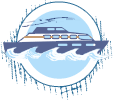
Dates & Prices
Prices From $3,375 / £2,744 per person
2025 price, cruise only, shared cabin:
8 days (Sun-Sun) USD 3,375 per person
6 days (Thu-Tue/Tue-Thu) USD 2,690 per person
5 days (Sun-Thu) USD 2,190 per person
Longer/shorter cruises available
80% Single supplement applies - ask about cabin shares
20% discount for under 10s
Can’t find what you’re looking for? Get in Touch
+44 (0)131 378 5593
+44 (0)131 554 6025



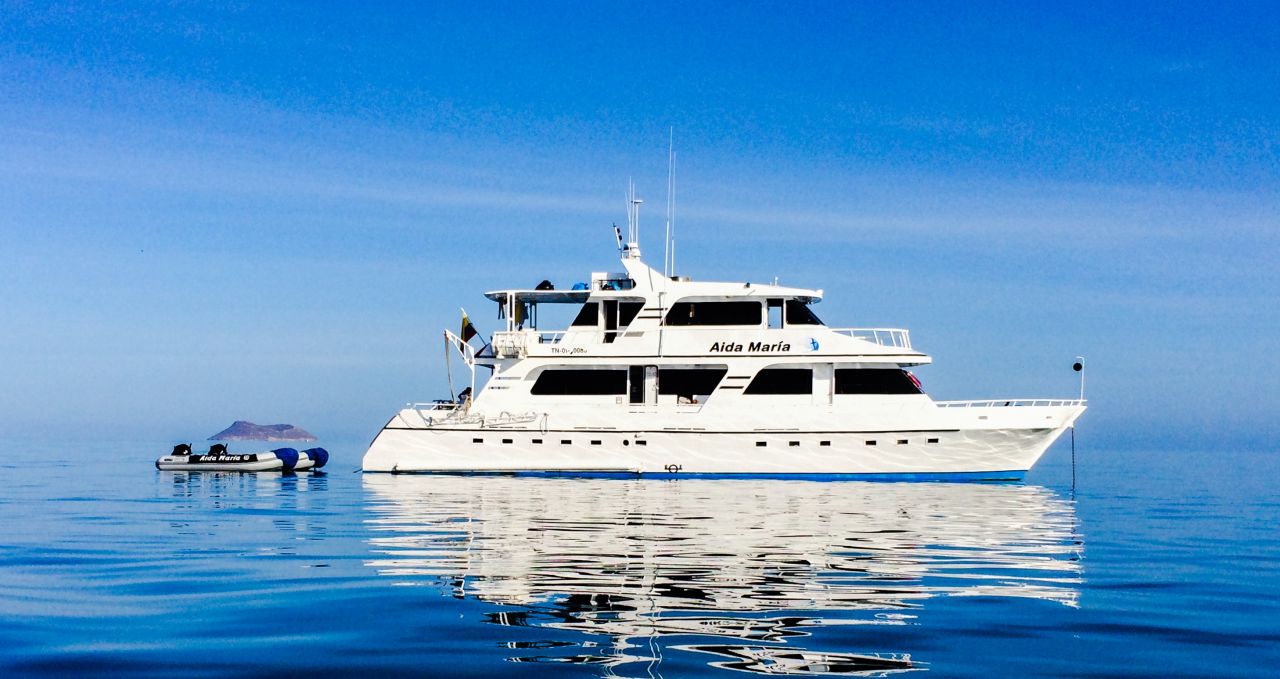
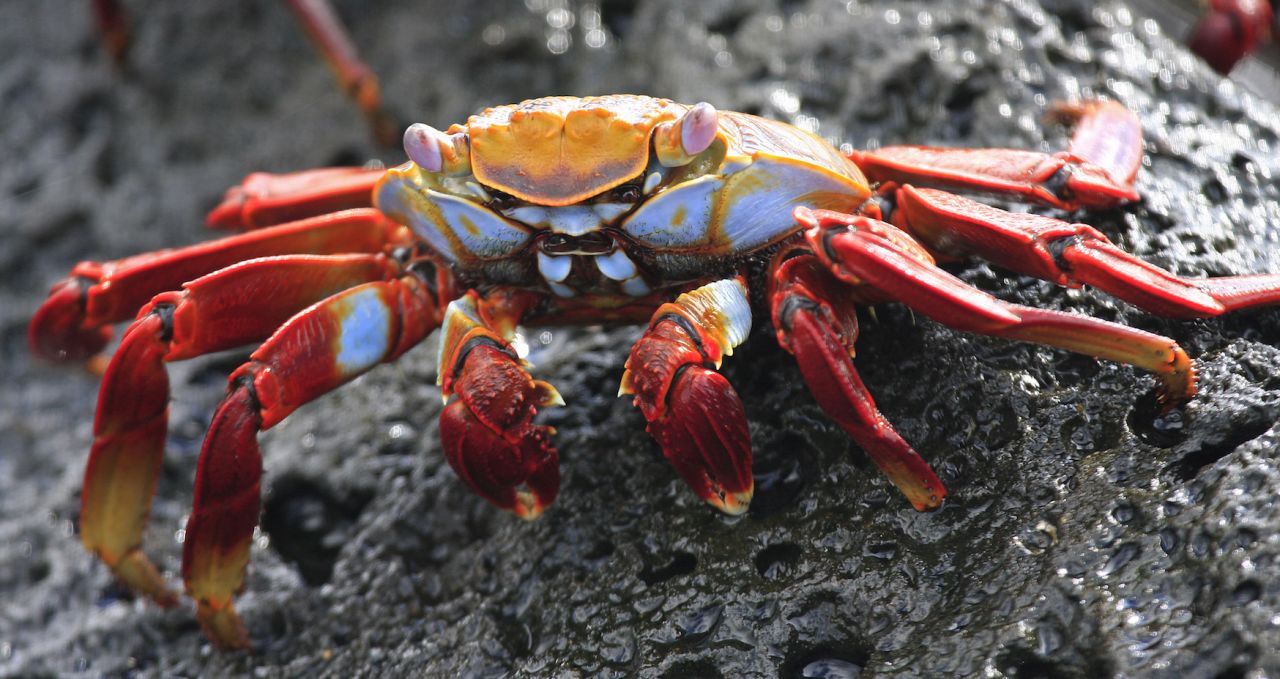
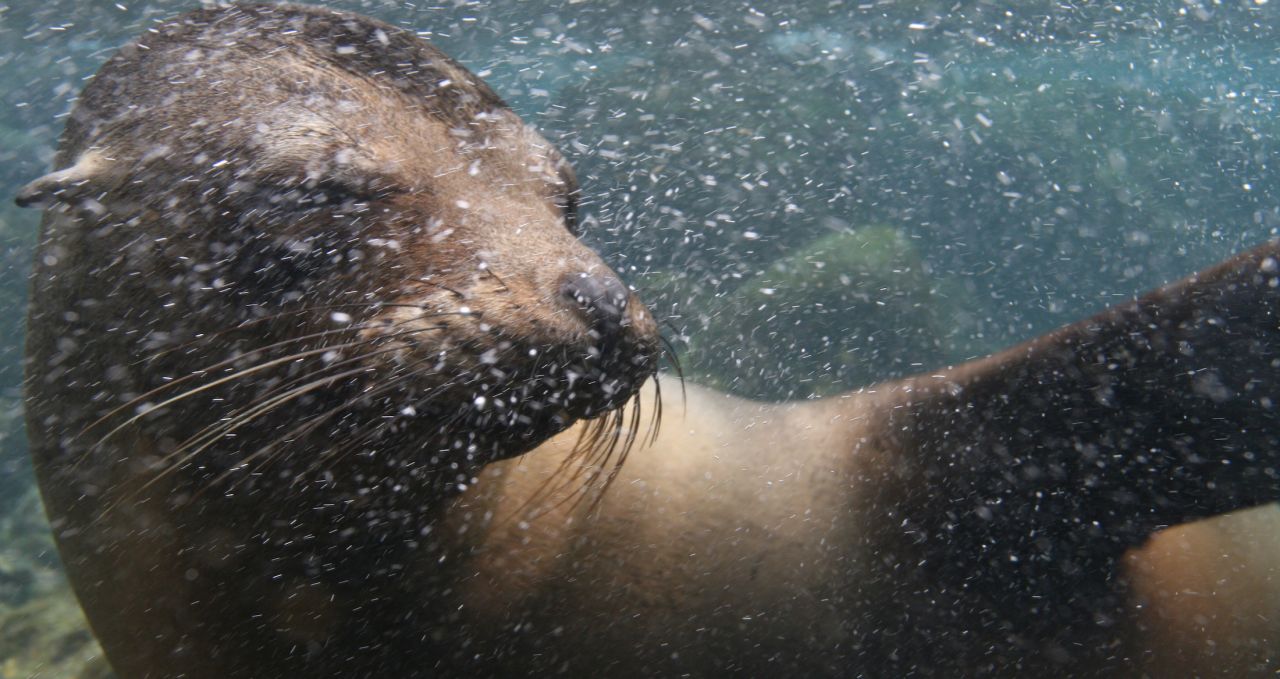
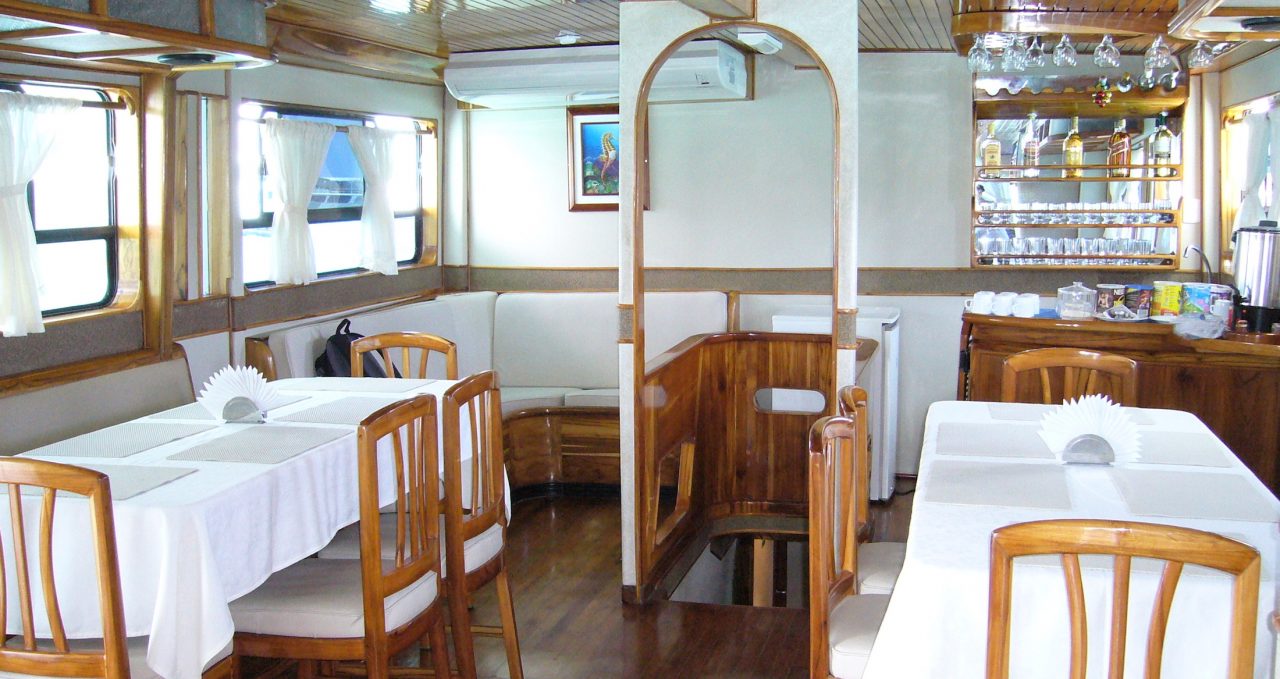
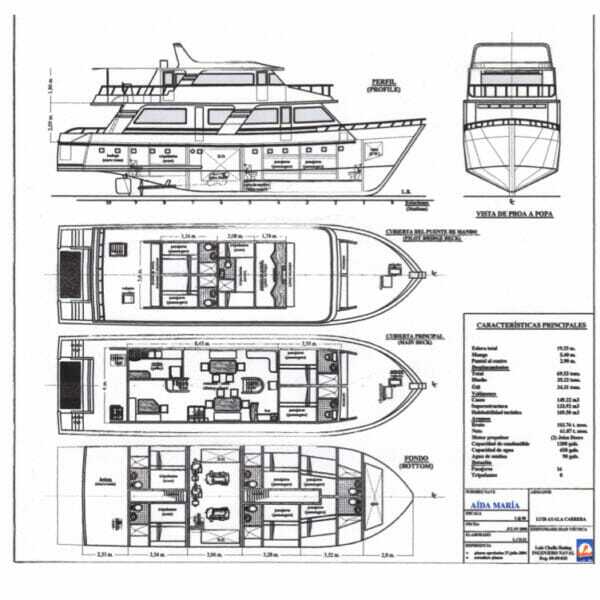
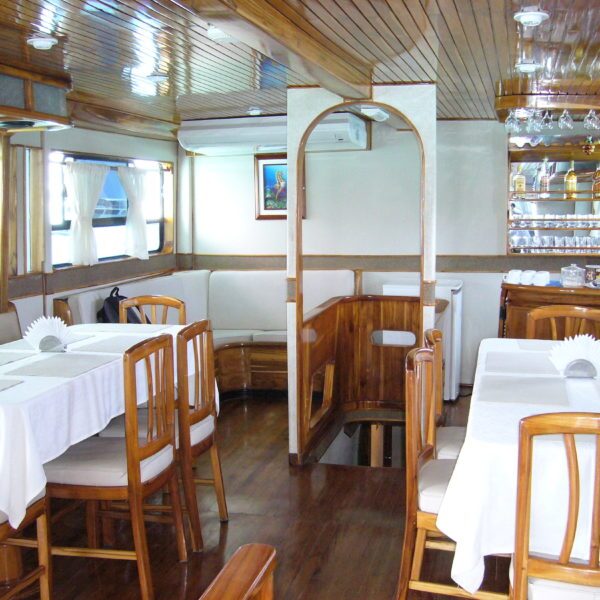
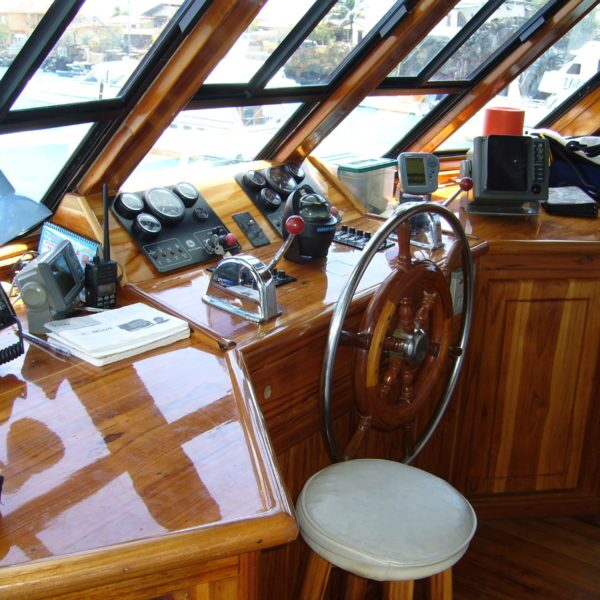
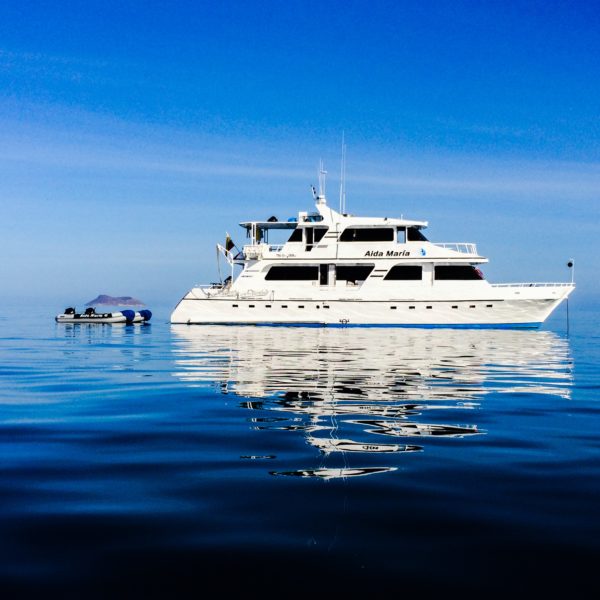
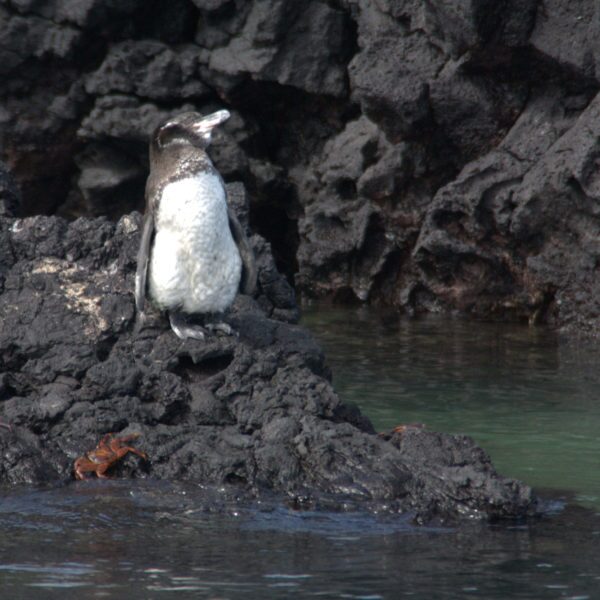
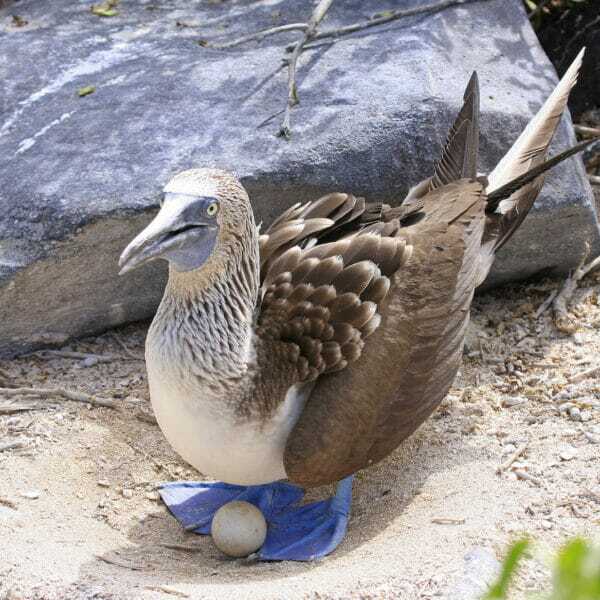
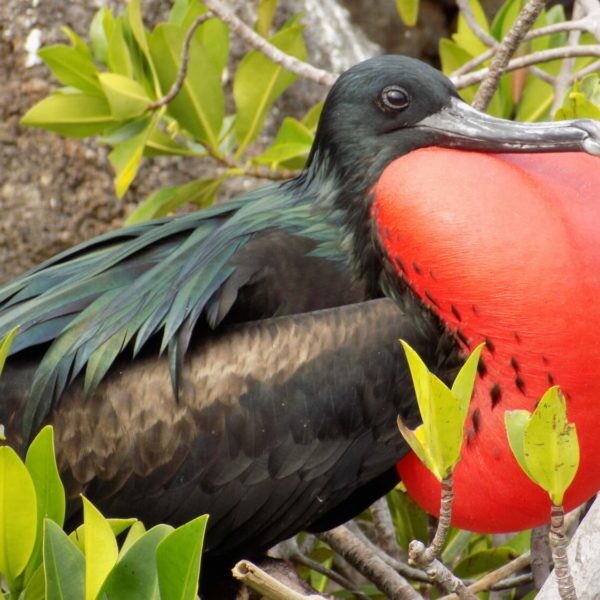
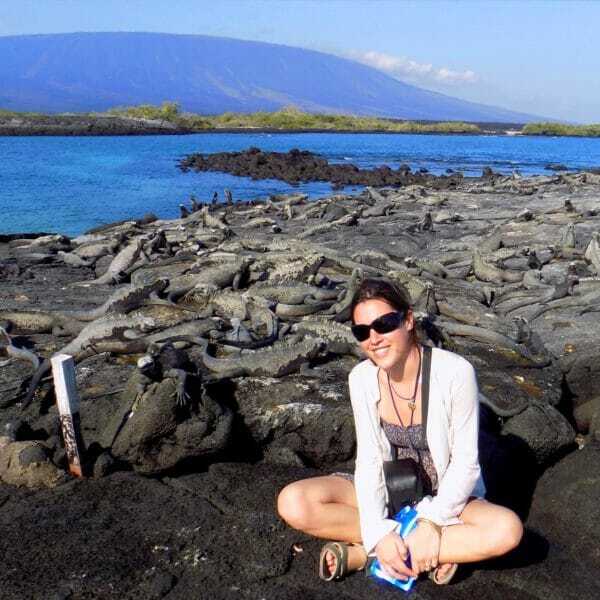
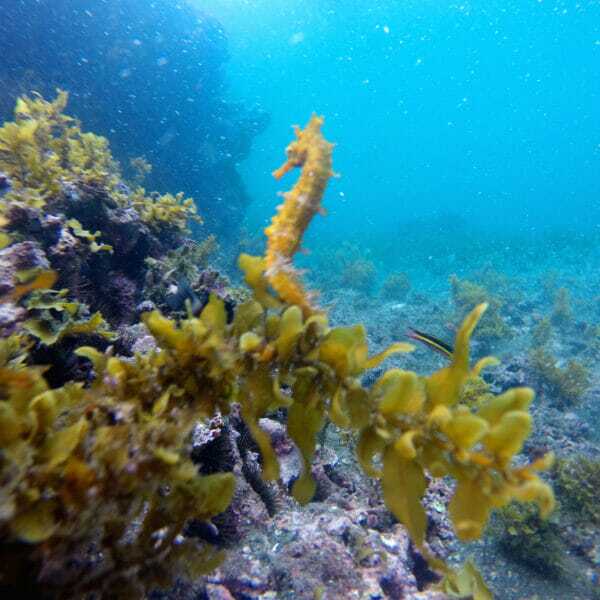
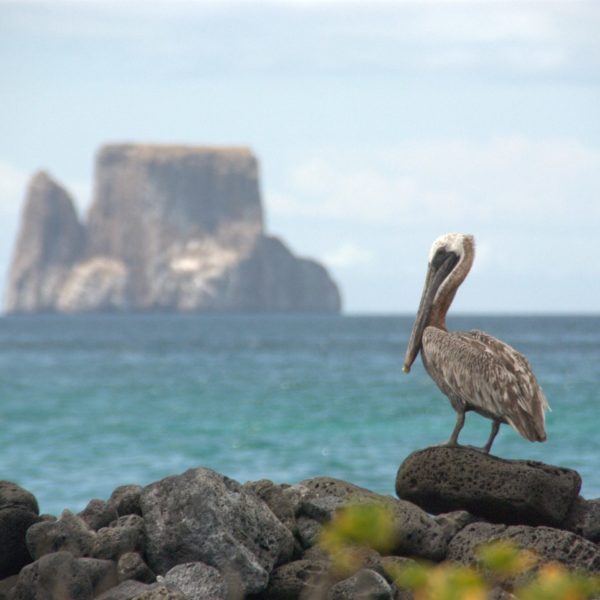
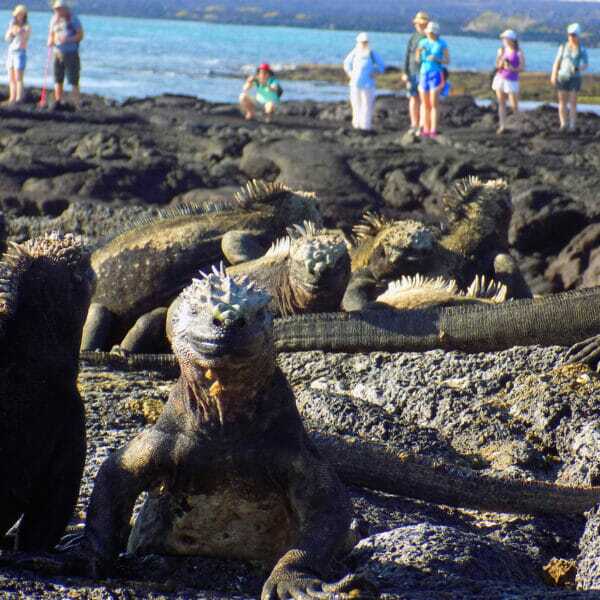
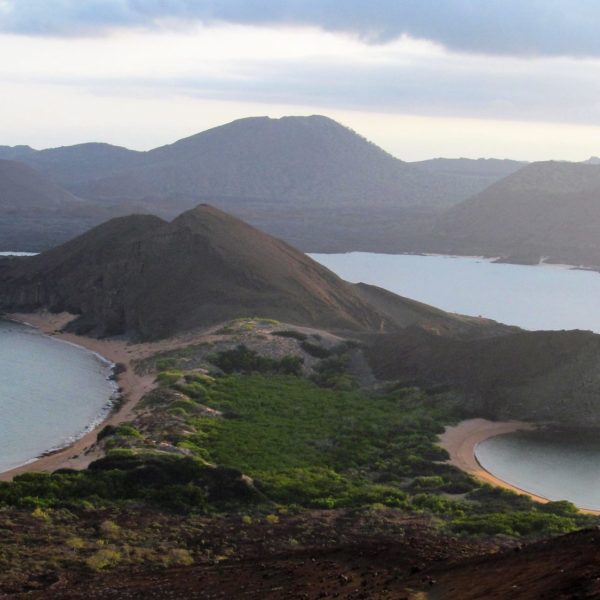
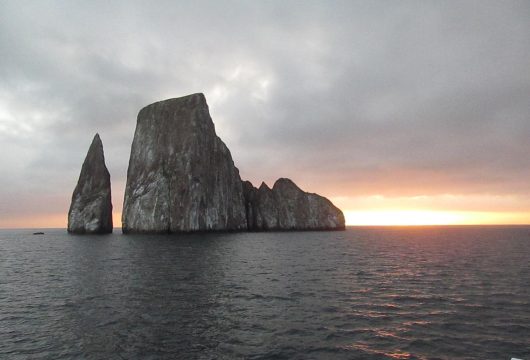

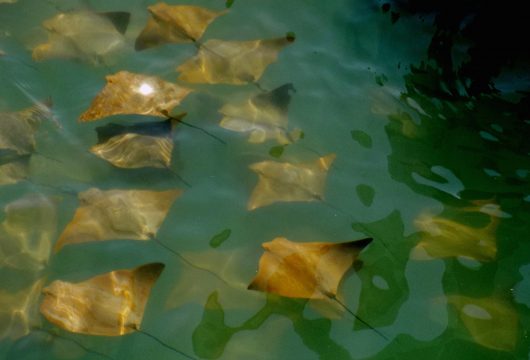
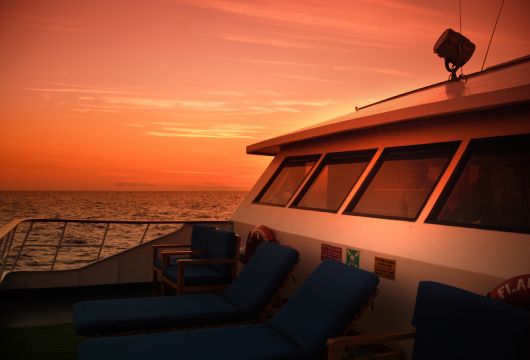
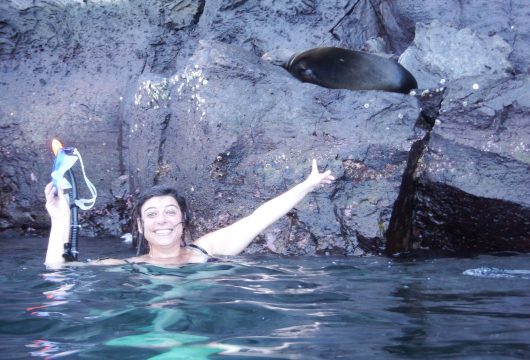
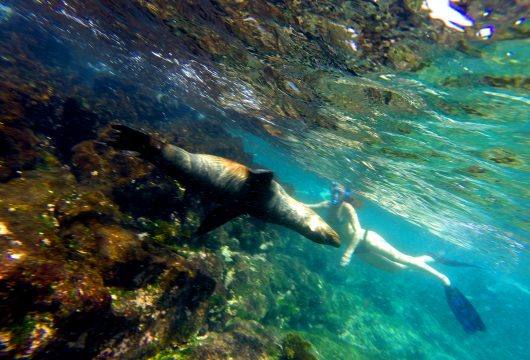
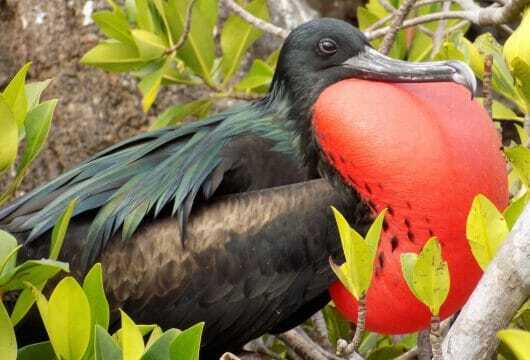
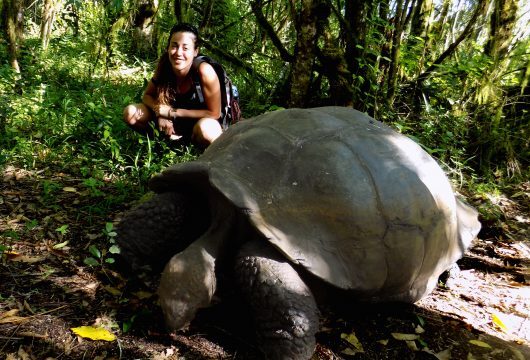
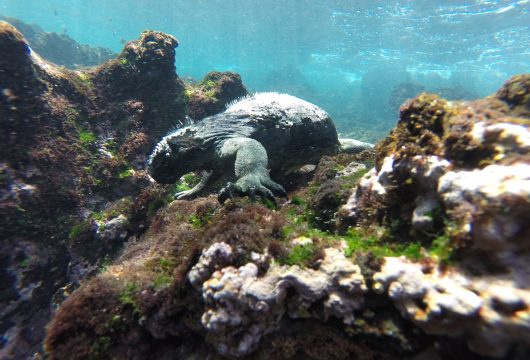
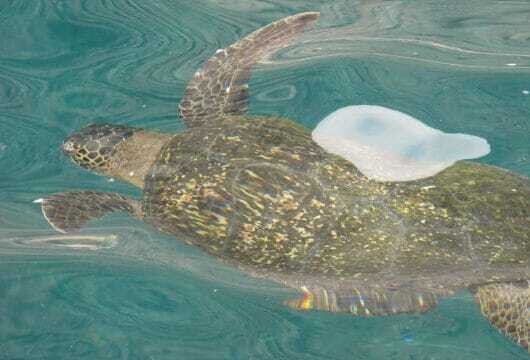
 a Group Tour
a Group Tour  a Tailor Made Tour
a Tailor Made Tour 